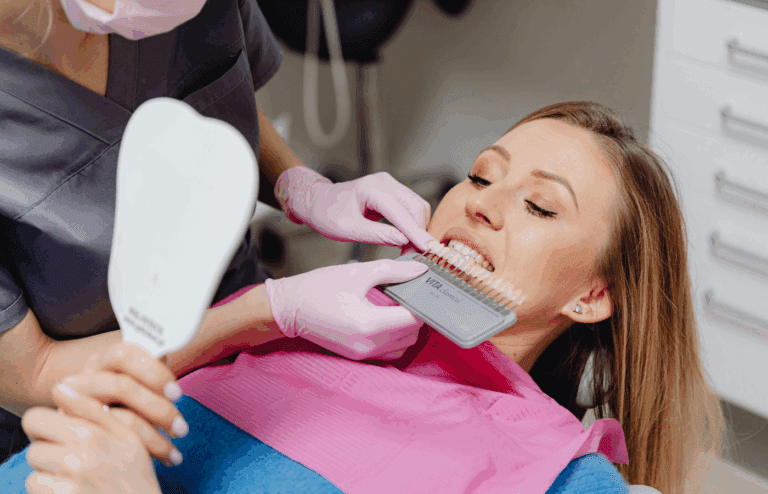Before taking your next flight, you might want to peruse the airline’s website to see what you can and can’t bring. It’s not always clear, so here’s some help. Here are 20 things to never pack in your checked luggage.
20. Aerosols
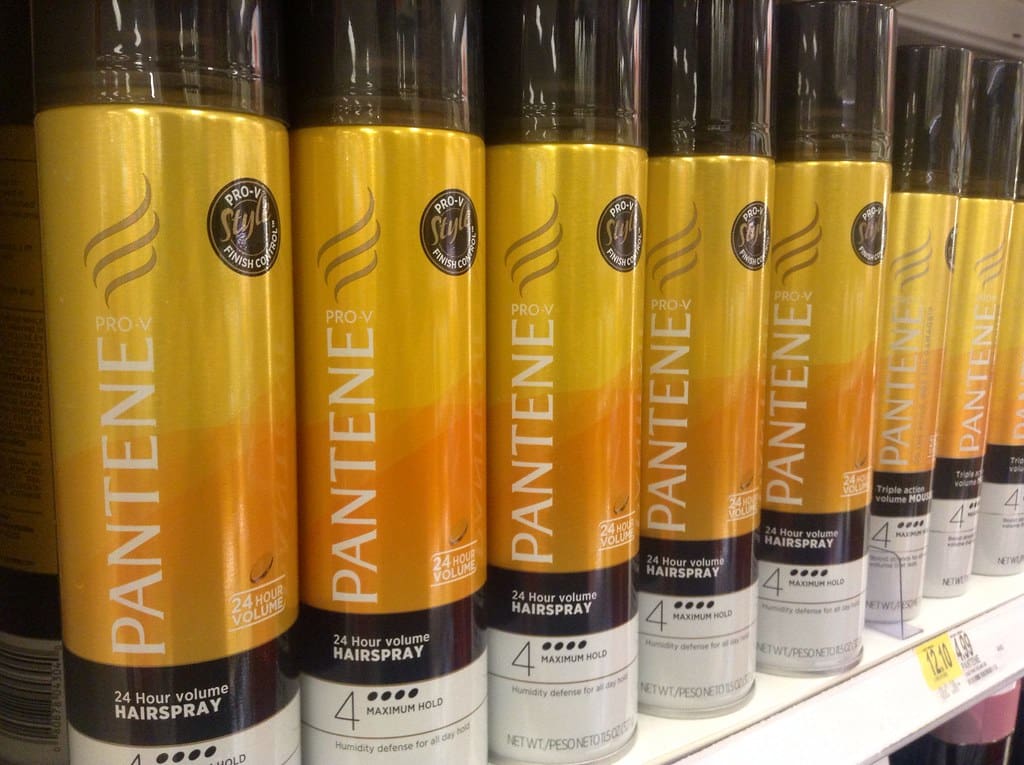
In most cases, aerosols are not permitted in checked baggage. Many aerosols are potential fire hazards. However, there are exceptions. Aerosols for medicinal or toiletry use (such as insect repellent or hairspray) can be transported in containers that are 18 ounces or less. They also must have a device release protection, such as a cap. The aerosol must be nonflammable.
19. Devices Containing Lithium or Lithium-ion Batteries
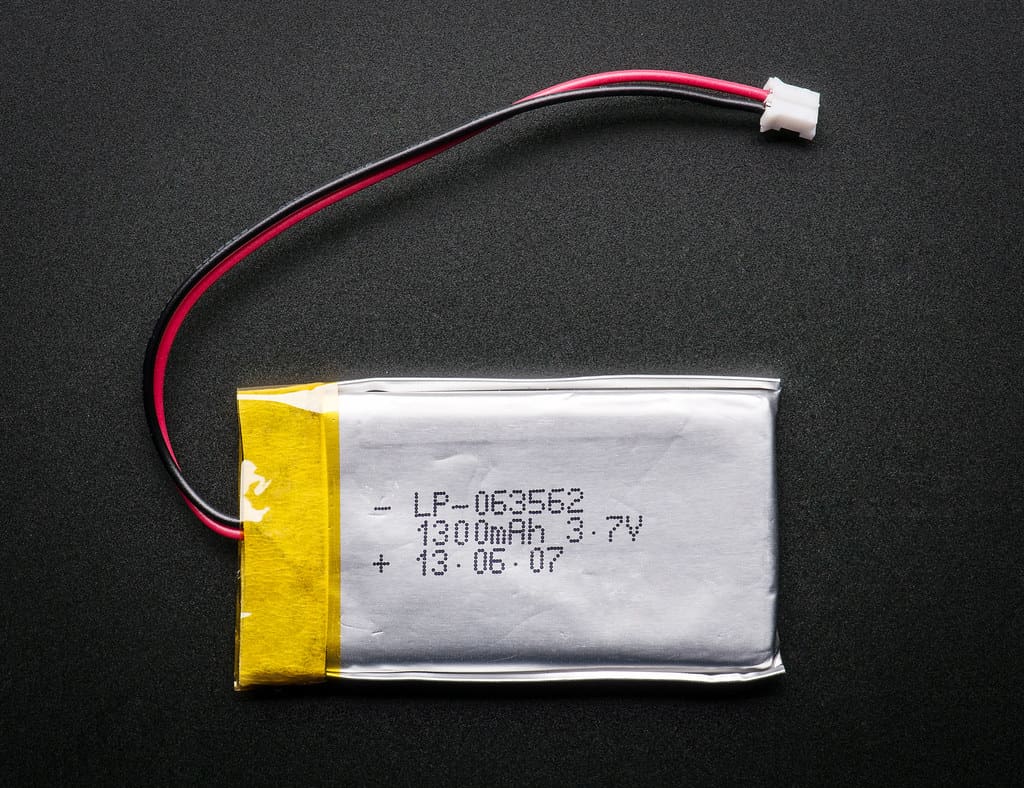
Lithium-ion batteries and devices containing lithium can catch fire if they are damaged or if the terminals short-circuit. Therefore, they are prohibited in checked baggage. They are allowed in carry-ons because if a fire occurs in the cabin, an attendant is there to respond. Lithium is found in smartphones, laptops, tablets, portable chargers, cameras, drones, vape pens, and lighters.
18. Bug Sprays and Repellents
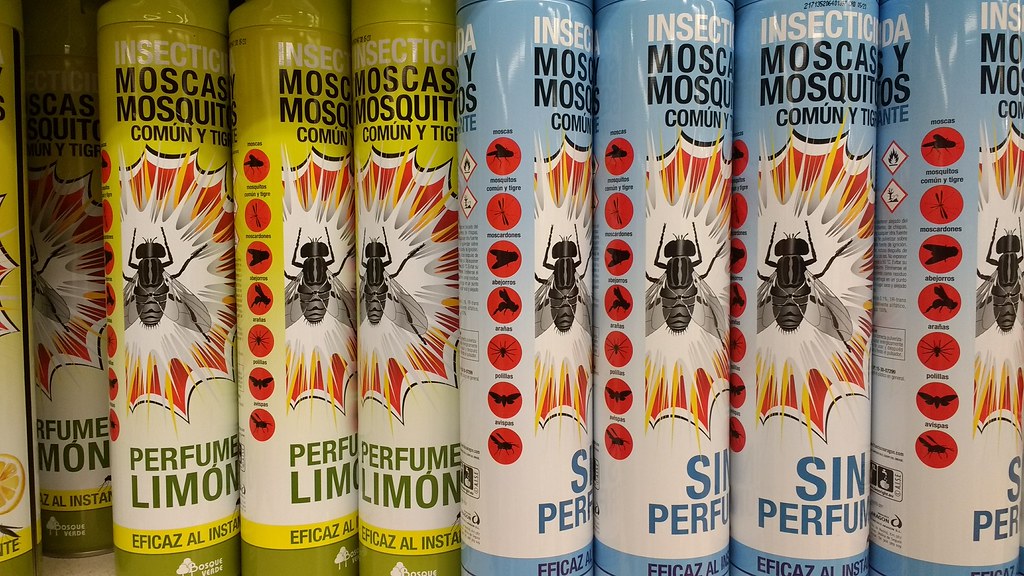
Passengers are allowed to bring bug repellent that’s applied directly to the skin. Carry-on repellent is restricted to 3.4 ounces or less. Checked repellent is limited to 68 ounces total and 17 ounces per container. Aerosol devices must have a safety cap. However, any sprays intended for the direct spraying of insects or in the air are not permitted.
17. Christmas Crackers
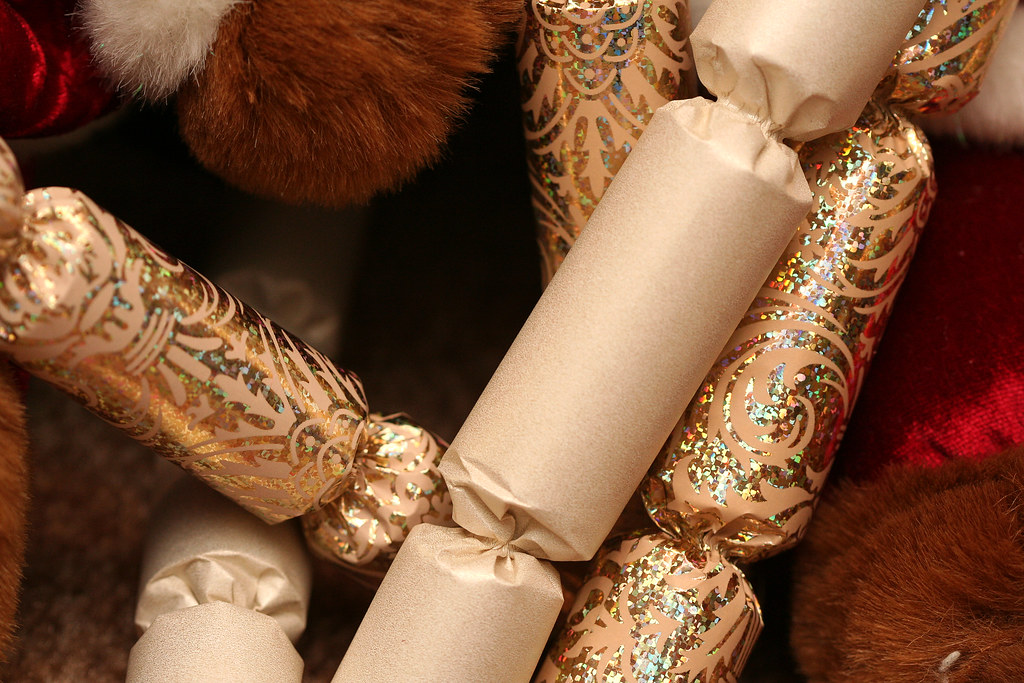
Christmas crackers are traditional British party favors. These cardboard tubes snap when you pull them apart and reveal a small trinket in a paper hat. Although seemingly harmless, they contain a small amount of gunpowder, making them both an explosive and fire risk. However, some airlines, such as British Airways, may allow them with strict instructions for transport.
16. Compressed Gases
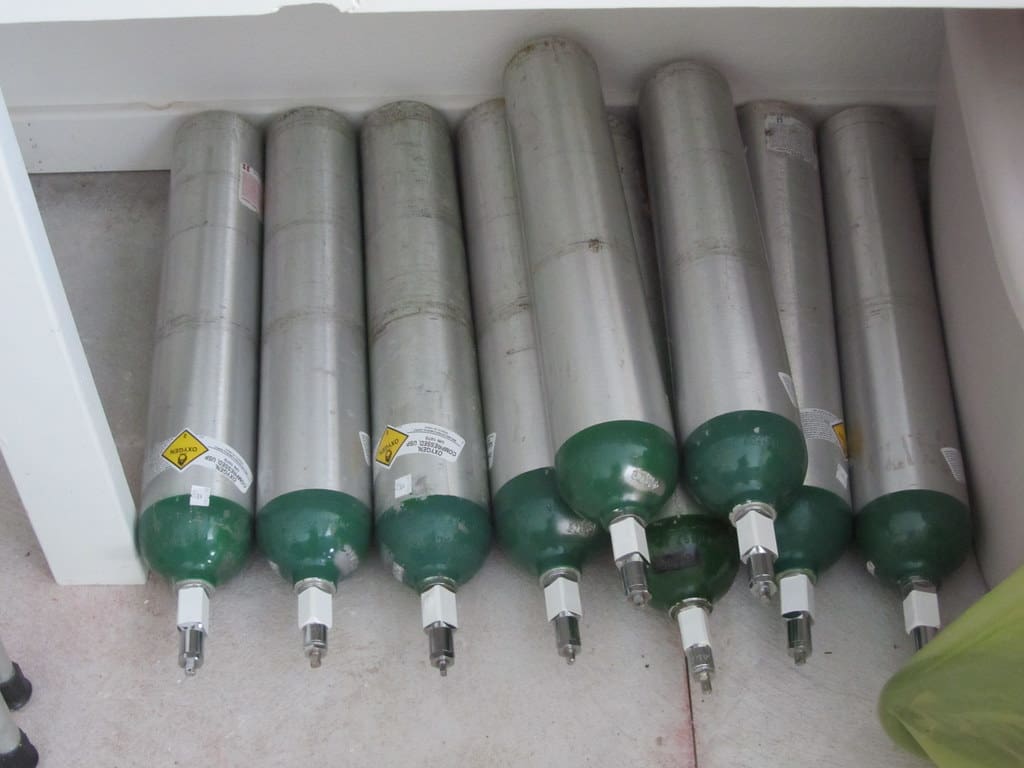
Passengers requiring oxygen must carry a portable oxygen concentrator or ask their airline to provide oxygen service. Compressed or flammable gases are not allowed in carry-on or checked baggage. This includes cylinders and/or cartridges of oxygen tanks, scuba tanks, butane, propane, etc. There are exceptions, including CO2 cartridges in a life vest and cordless curling irons with a safety cover.
15. Corrosive or Oxidizing Chemicals
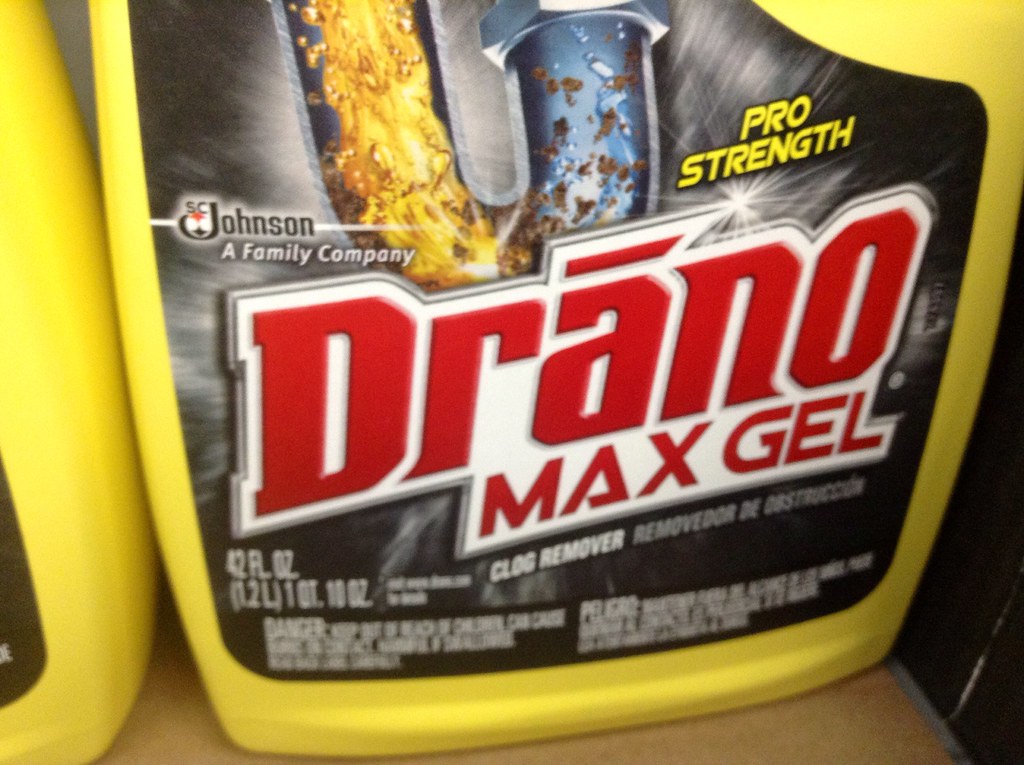
Any chemical that can be considered a hazardous material should not be carried inside your luggage, whether it’s checked or carry-on. Chemicals that are corrosive or oxidizing fall into this category. This includes chlorine, strong acids, paint strippers, drain cleaners, etc. Hair dye and hair bleaches can also fall into this category.
14. Cremated Remains
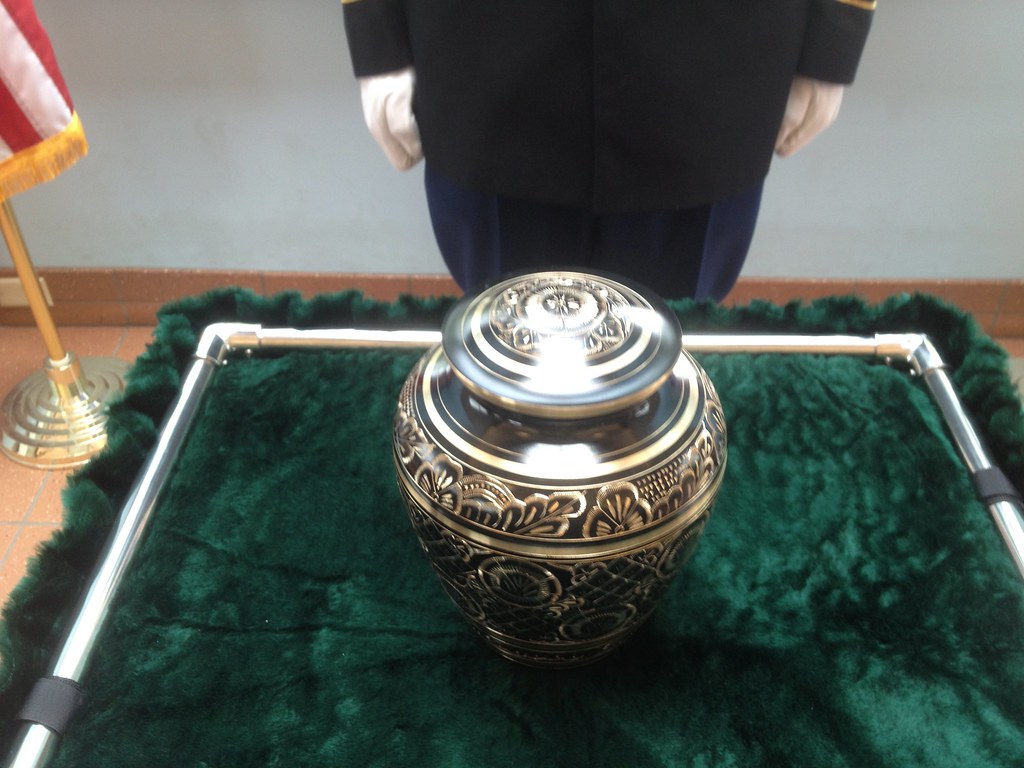
Generally speaking, the TSA doesn’t prohibit carrying cremated remains in checked baggage. However, some airlines do. Travelers are advised to bring cremated remains in carry-on luggage in a lightweight container that is easy to screen. According to the TSA, “Out of respect for the deceased, TSA officers will not open a container, even if requested by the passenger.”
13. Emergency Position-Indicating Radio Beacons
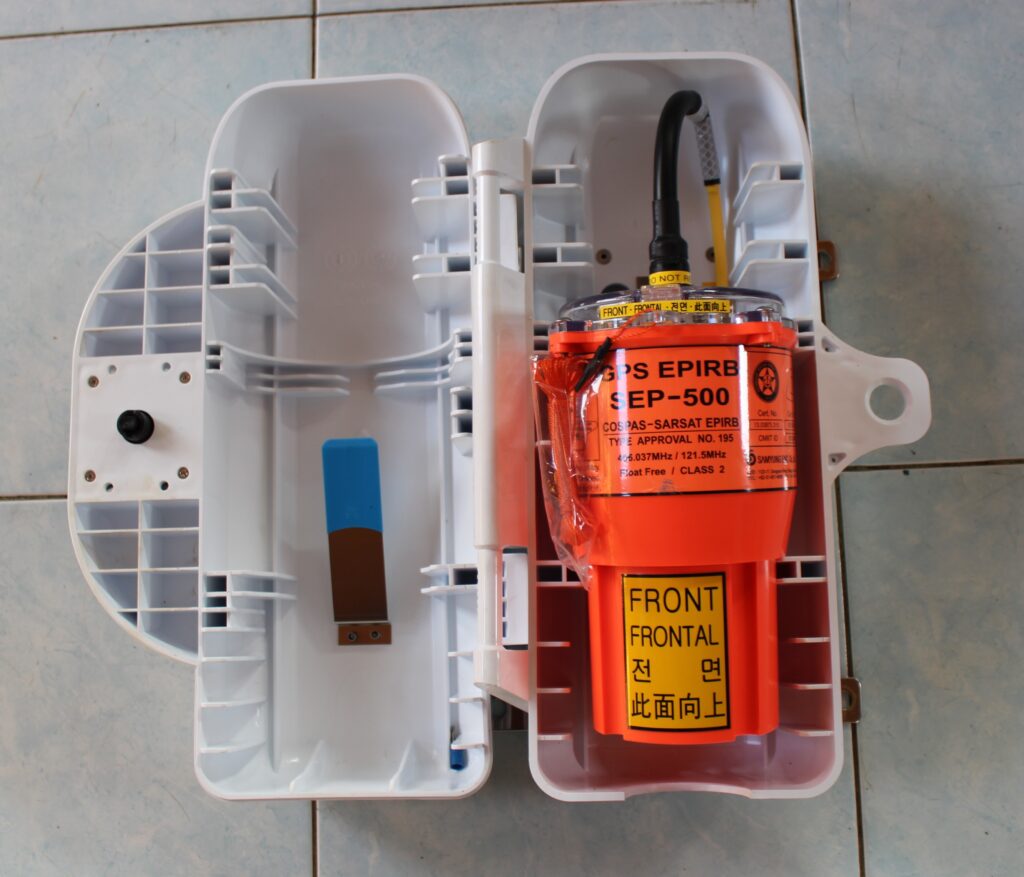
Emergency position-indicating radio beacons are devices for the purpose of helping others locate you if you’re lost at sea or in the wilderness. These send your location to emergency responders. However, not all airlines allow you to carry them in your luggage. The TSA recommends checking with your specific airline.
12. Extra-Strong Spirits
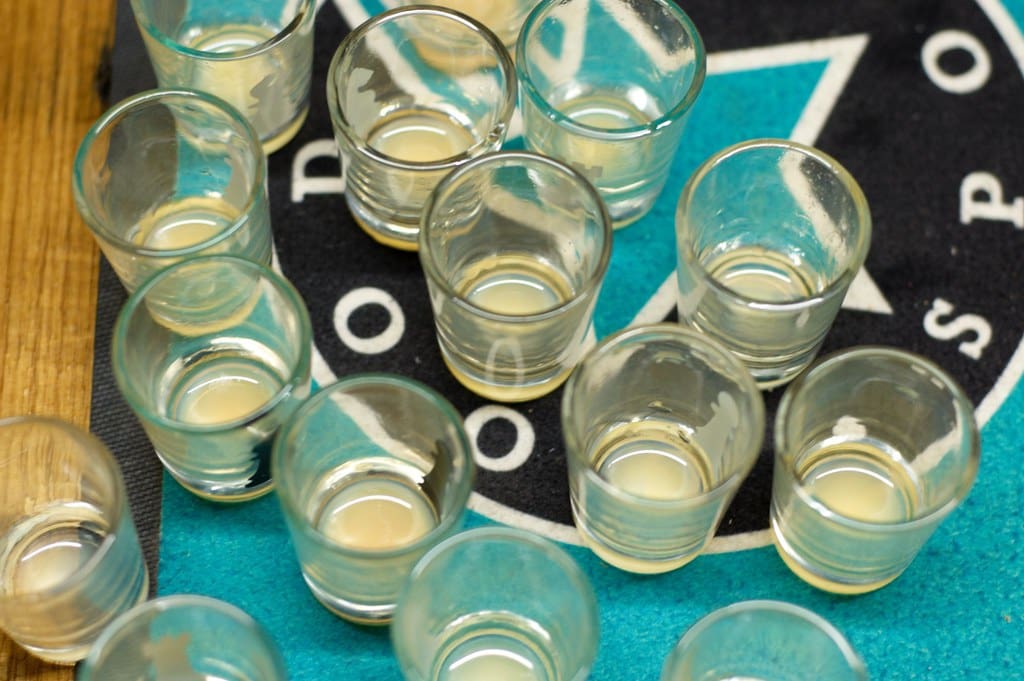
Extra-strong spirits are those containing more than 70% alcohol. Generally, those over 140 proof. This includes grain alcohol and 151-proof rum. These types of alcohol are not allowed in carry-on or checked baggage. These types of alcohol have a flashpoint below 100°F, making them flammable. At 40%, alcohol will ignite. It takes 50% alcohol to produce a steady flame.
11. Firearms
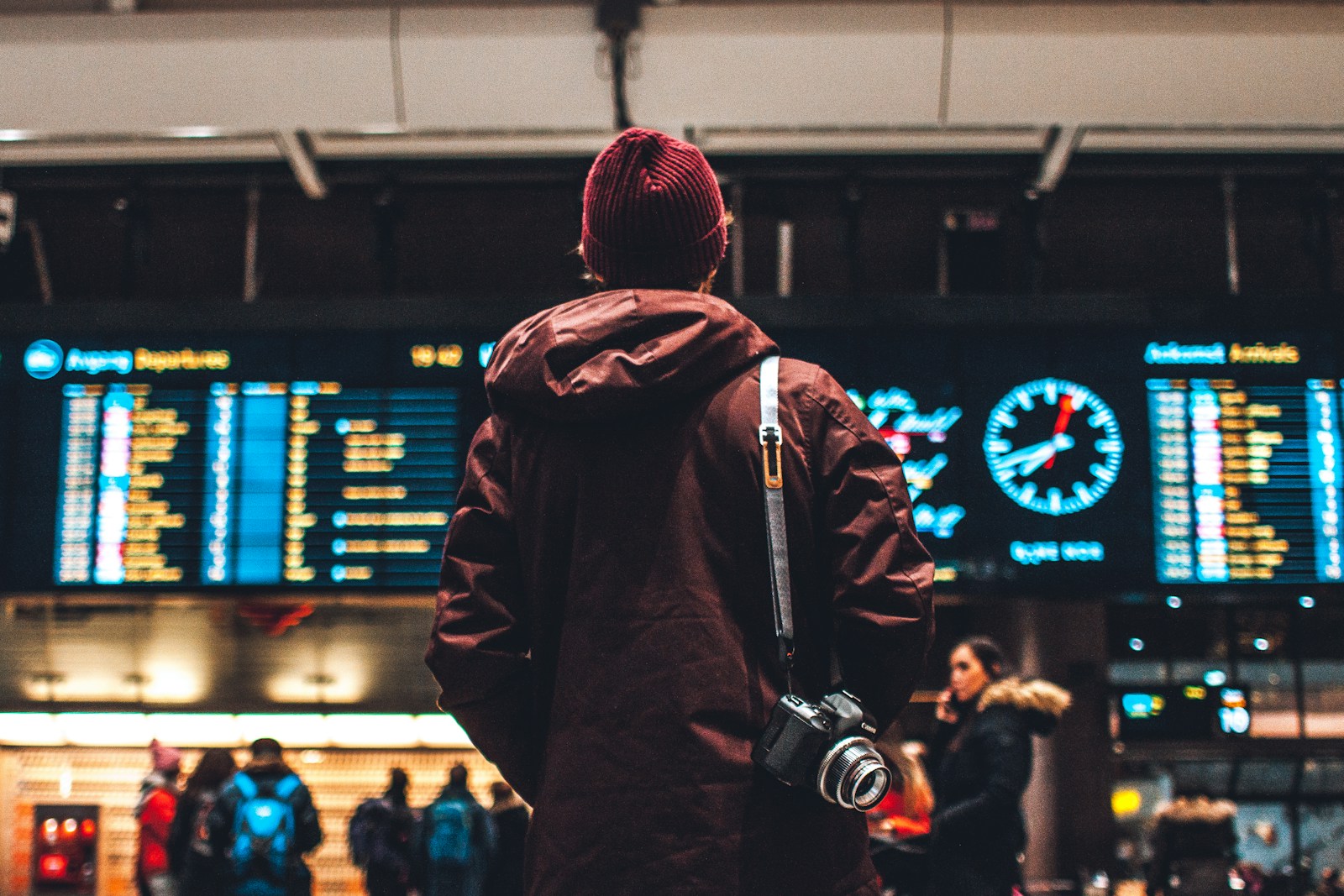
Guns are absolutely barred from carry-on. They are only allowed in checked luggage if they are unloaded, packed in a locked hard-sided container, and declared to the airline at check-in. Always check with your airline’s firearms policy. It’s important to read and follow their rules about transporting firearms on planes. Replicas of firearms are allowed in checked baggage.
10. Fireworks
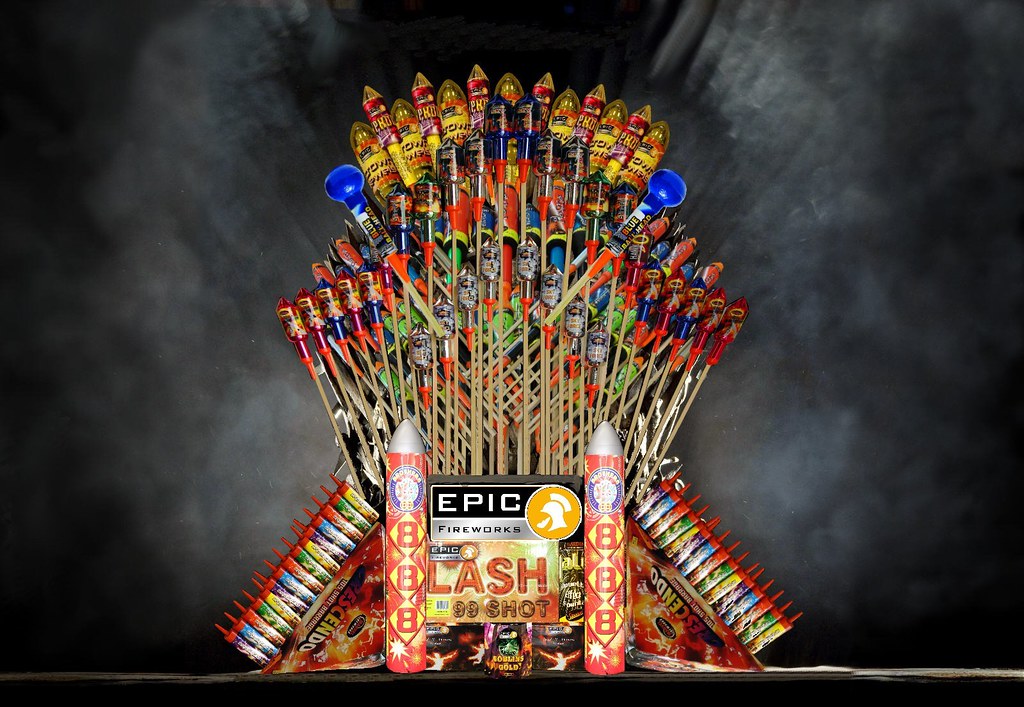
Fireworks of all types are barred from aircraft in carry-on or checked baggage. This means not only large fireworks but smaller ones as well, including sparklers, poppers, bang snaps, smoke items, etc. These are banned because they have the potential to ignite and could cause damage and injury aboard the aircraft.
9. Hazardous Materials
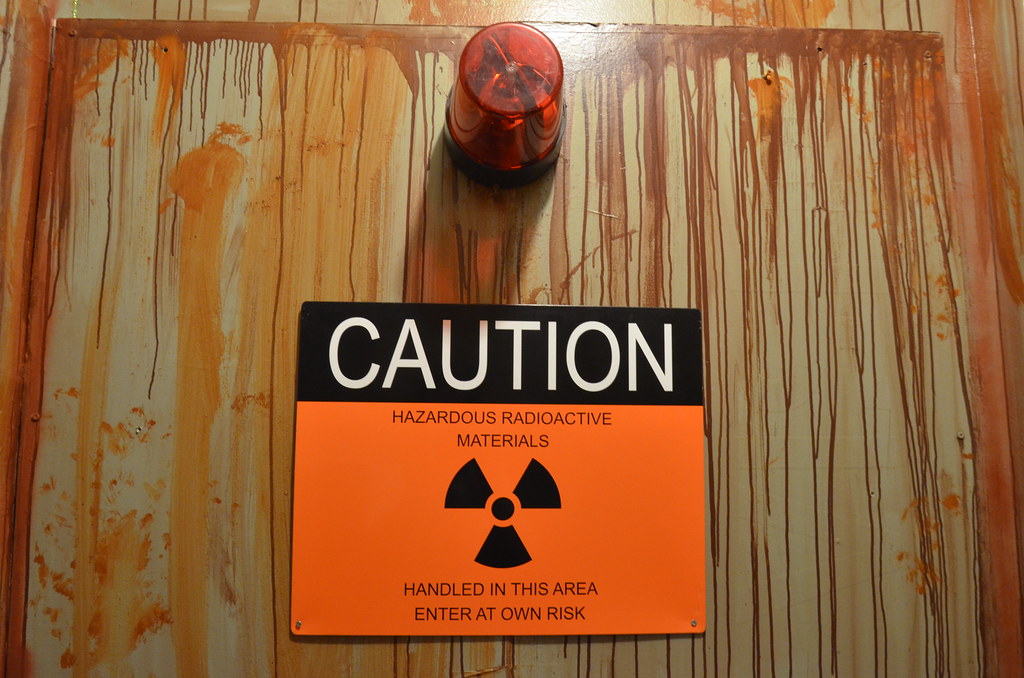
In general, any type of hazardous material is not allowed on an aircraft, whether in carry-on or checked baggage. Hazardous materials include, but are not limited to, those that may be toxic, poisonous, radioactive, or flammable, whether liquid or solid. Essentially, anything that could potentially ignite, explode, release toxic fumes, or cause significant damage in flight.
8. Live Fish or Coral
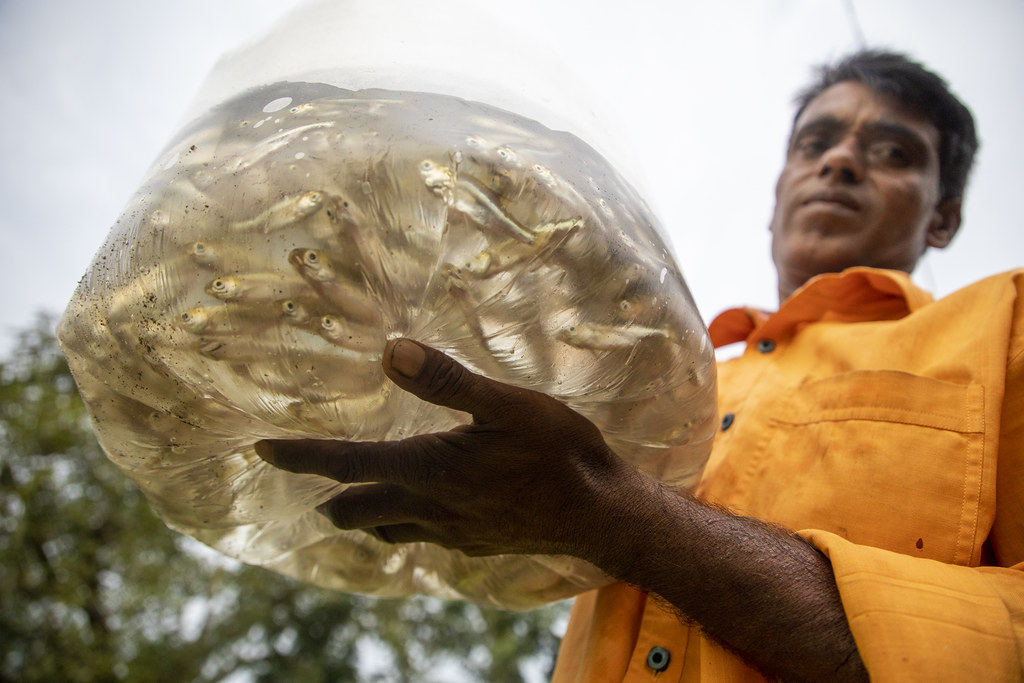
Live fish or coral are not allowed in checked baggage. They are allowed in carry-on baggage but must be stored in a transparent container of water. Live lobsters are sometimes allowed in checked luggage. The TSA states: “We recommend that you contact your airline to determine your airline’s policy on traveling with your lobster before arriving at the airport.”
7. Matches
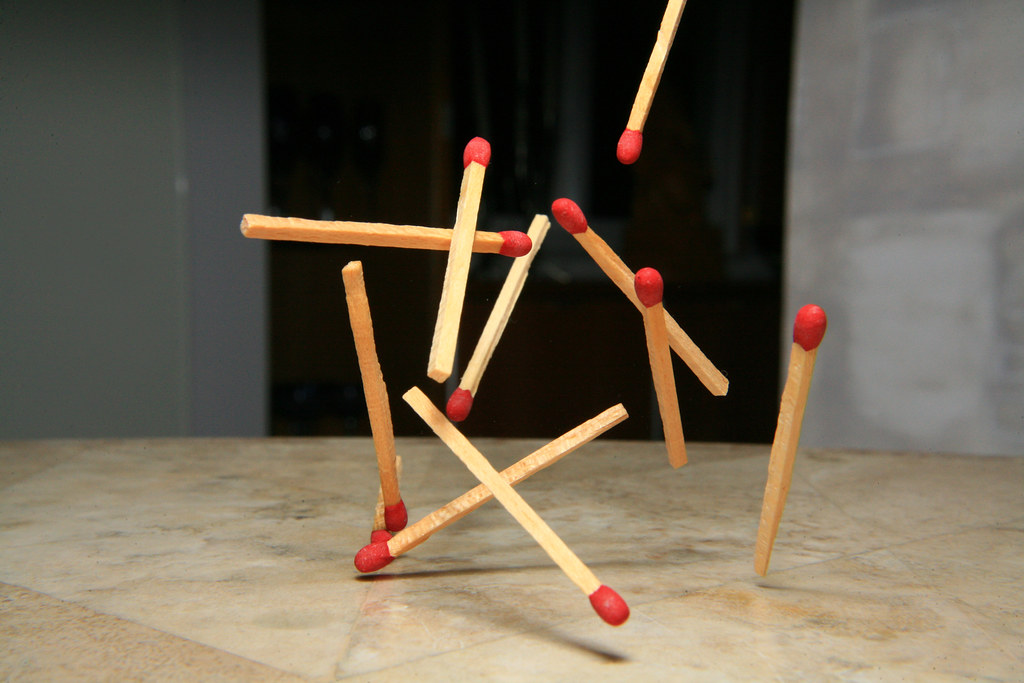
It should be a no-brainer that bringing any flammable item in your checked baggage is not allowed. Matches are not allowed in checked baggage. However, there is one exception. Passengers are allowed to bring a single book of safety matches inside their carry-on luggage. You can bring a lighter in your carry-on, but it must use butane or liquid fuel.
6. Medical Marijuana
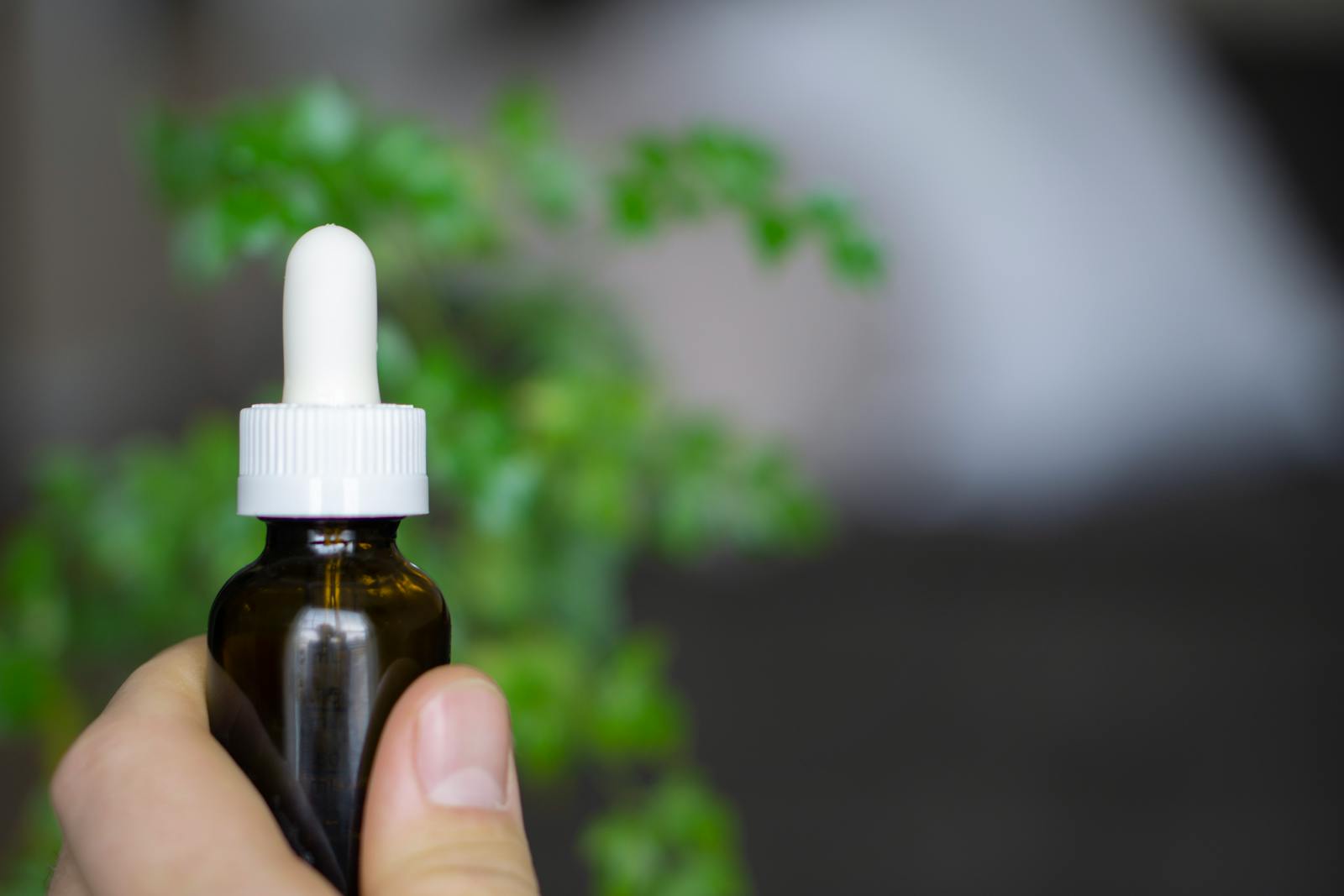
Because any type of marijuana remains illegal under federal law, you will not be able to bring it in your checked or carry-on baggage, regardless of your state’s or destination state’s policies on medical marijuana use. The one exception is products containing no more than 0.3 percent THC on a dry weight basis or that are approved by the FDA.
5. Mercury Thermometer or Barometer
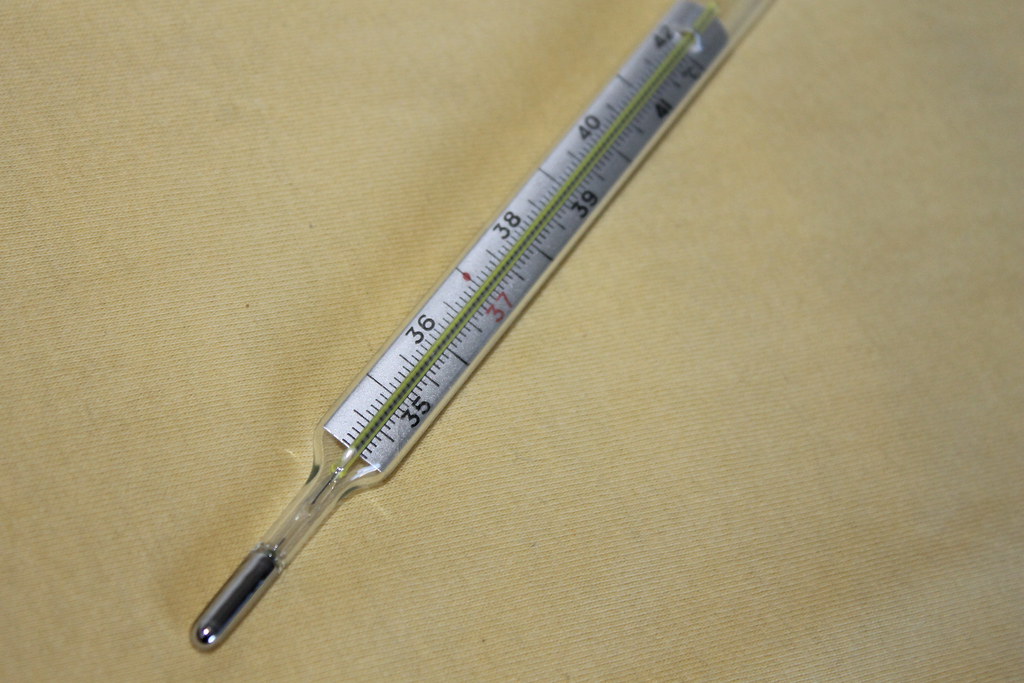
If you have the type of thermometer or barometer that uses mercury, you won’t be able to bring it inside your checked baggage. Some airlines will allow a representative of a government weather bureau or similar agency, but only in carry-on baggage and inside a protective case. Mercury is a poison and can present a risk to passengers and crew.
4. Paint/Paint Thinner
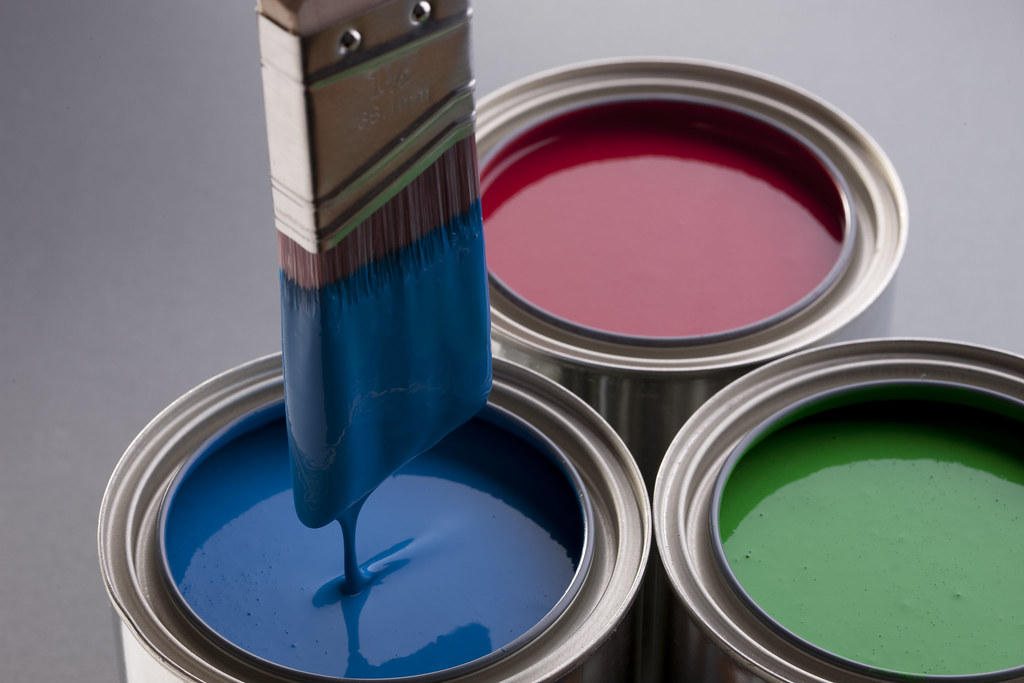
Spray paint or any type of paint that is flammable, as well as paint thinner, are not allowed in checked baggage. Luckily, most types of artists’ paints are nonflammable. Therefore, if you’re an artist and need to bring your paint with you, as long as it’s nonflammable and not in some kind of pressurized aerosol can, it’s okay.
3. Replicas of Explosive/Incendiary Devices
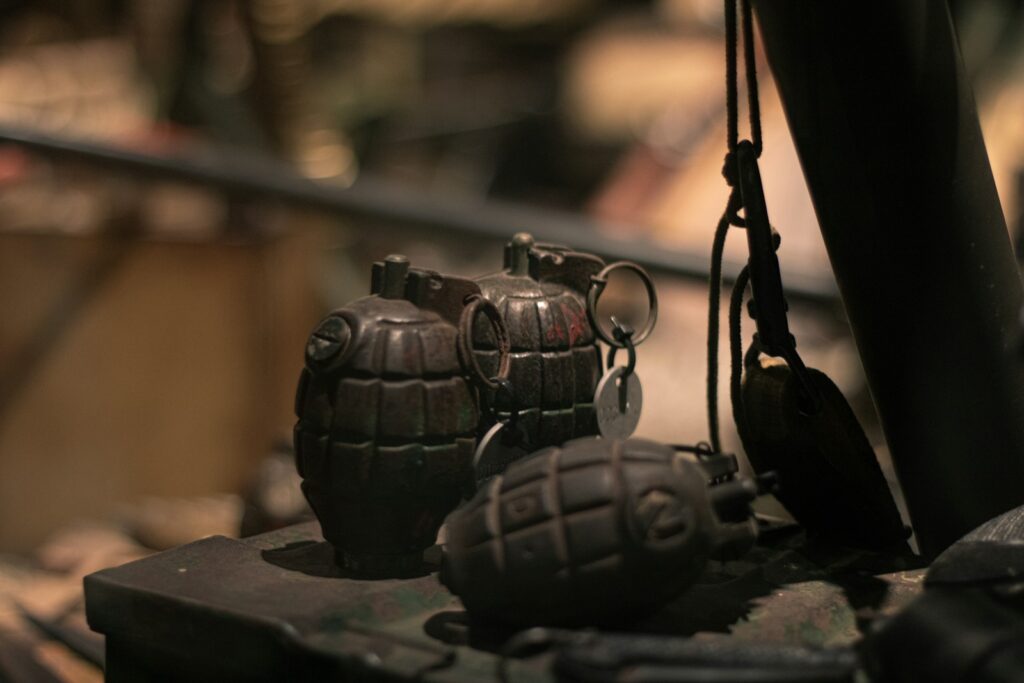
Bringing something that looks like a bomb or incendiary device on a plane should be a no-brainer. It doesn’t matter if it’s a children’s toy or a fake. Any realistic replicas of grenades, bombs, etc., are absolutely not allowed in carry-on or checked baggage. However, replicas of firearms are allowed in checked baggage.
Read More: Should Parents Get Seated Next to Their Kids on Airplanes for Free?
2. Tear Gas
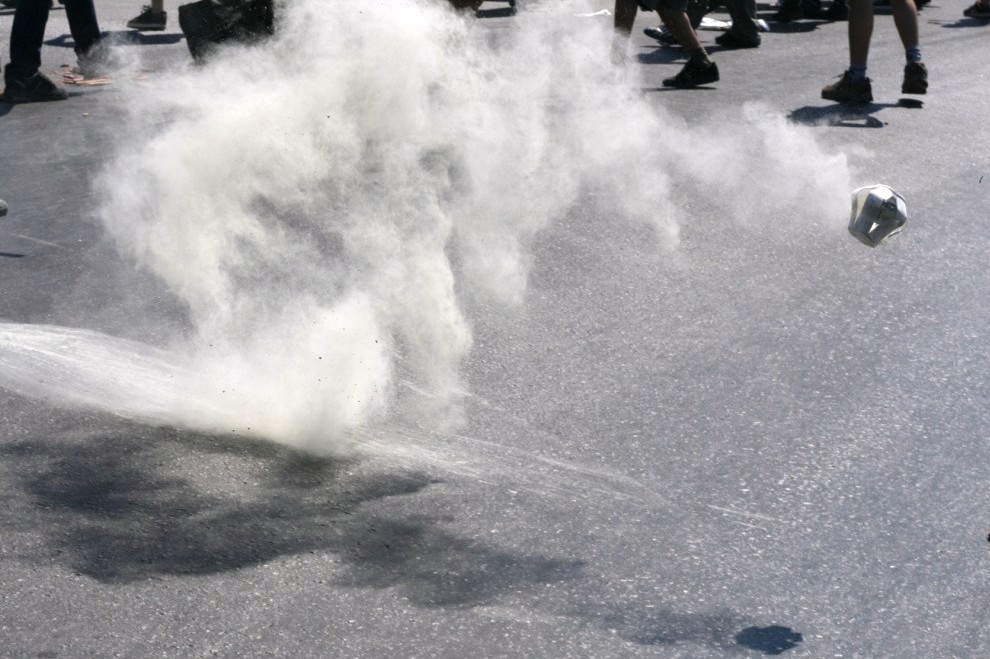
TSA will allow you to carry a small container of pepper spray (4 oz. or less) in checked baggage. The container must have a safety feature that will prevent accidental discharge. However, any self-defense sprays that contain more than 2% of tear gas by mass are prohibited from checked baggage.
Read More: Viral Packing Trick Gets Orlando Passenger Banned from Flight
1. Torch Lighters
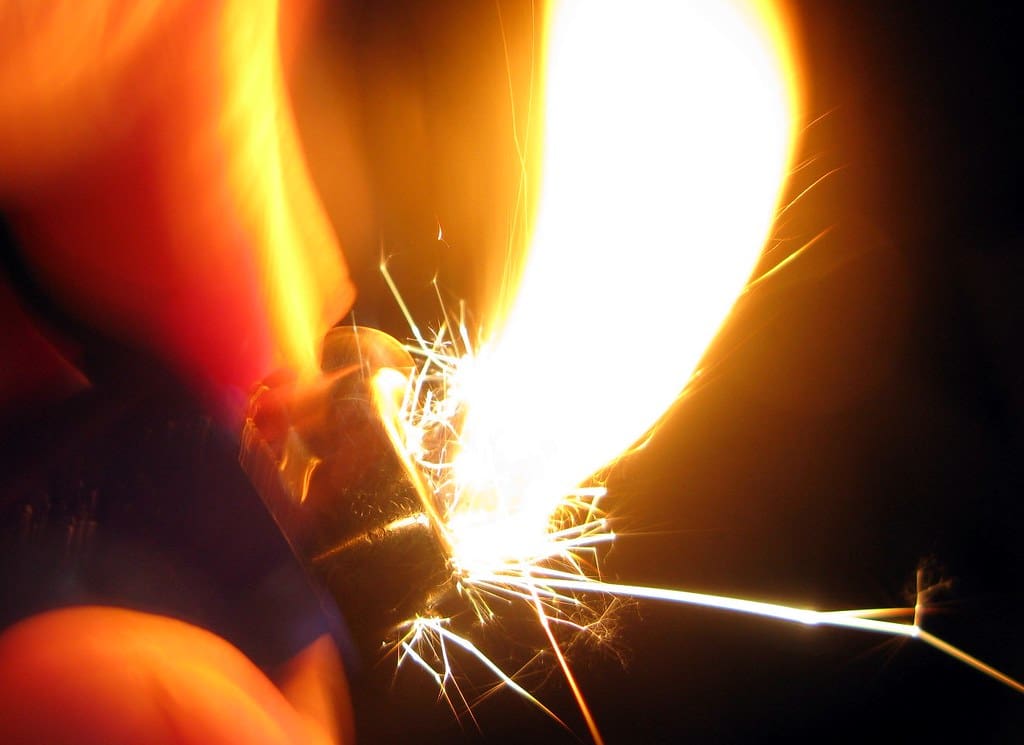
Torch lighters are specialty lighters that emit a jet of flame at high temperatures. They use a pressurized butane and piezo ignition to create an air-propelled flame at a fast rate. The strong flow keeps the flame straight, no matter the position of the lighter. These are often used for lighting cigars, hobbies, soldering, brazing, or plumbing.
Read More: The 10 Packing Mistakes Most Likely to Ruin Your Travel Plans

